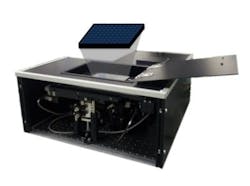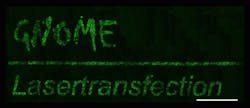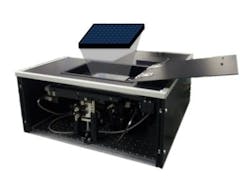Laser cell transfection method is promising for high-throughput screening
Recognizing that current methods for efficient and cell-preserving transfection (the process of deliberately introducing nucleic acids into cells) in high-throughput screening lead to unsatisfactory results, a team of researchers at Laser Zentrum Hannover (LZH; Germany) and colleagues developed a functional model for a gold nanoparticle-based laser transfection in high throughput.
The research team's transfection method is characterized by molecules entering the cells through an optically induced process. By attaching the gold nanoparticles to the cells, a photothermal effect is achieved under laser irradiation, which enables an efficient transfer of molecules into the cells.
When compared to established methods for cell transfection, the team's gold nanoparticle process reduces the risks and efforts considerably. The use of an optical mechanism also makes the method much more independent from the cell type and molecules used. Also, within larger samples, transfection can be carried out in a more precise and cell-specific way.
Within the course of the project, a large amount of application data could be collected, and application fields could be verified. The Biophotonic Imaging & Manipulation Group offers testing services for customer-specific methods and questions. Also, methods for cell transfection processes can be compared according to customer requirements.
Now, the scientists are planning to further develop their high-throughput testing to bring it to market. Presently, LZH is looking for partners from the screening area to build a prototype in a follow-up project.
For more information, please visit www.lzh.de.


